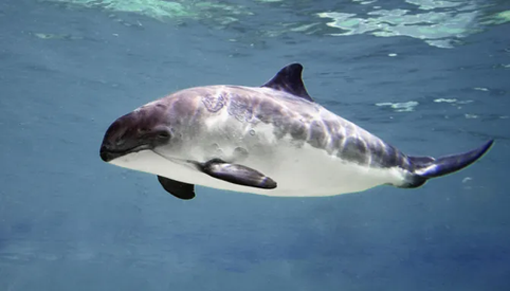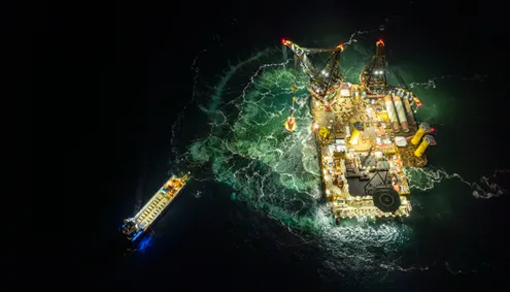Offshore wind farms not only provide climate-friendly energy, but are also important refuges and food sources for marine life. Studies confirm EnBW's long-term observations.

Dr. Gotje von Leesen, Environmental Manager at EnBW: “After the construction of the wind farms, many positive effects on wildlife and biodiversity in the sea are evident.”
To ensure the expansion of offshore wind energy is as environmentally friendly as possible, numerous nature conservation requirements must be met. New wind farms may only be built if environmental impact assessments have been conducted. These assessments begin before a wind farm is built, run during the construction phase, and continue during the first years of operation. The goal is to identify potential impacts on marine mammals, birds, fish, and other living creatures at an early stage and to develop solutions. "We pay around €2 million per year for annual environmental monitoring for each offshore wind farm project," explains Dr. Gotje von Leesen, who works as an environmental manager for offshore wind at EnBW and holds a doctorate in marine biology.
Wind farms have a positive impact on biodiversity
EnBW's experience since commissioning Germany's first commercial offshore wind farm, EnBW Baltic 1, around 15 years ago, as well as studies by renowned research institutes, industry associations, and environmental organizations, show that marine mammals avoid the offshore wind farm area during foundation installation. "However, after the construction of the wind farms, many positive effects on marine wildlife and biodiversity are evident," says Dr. Gotje von Leesen. Fish stocks, for example, recover because the farms are off-limits to fishing. And the submerged components of the wind turbines form artificial reefs as habitats for all kinds of animals and plants.
Porpoises: Highest international protection measures during construction


The presence of marine mammals such as protected species of porpoises, seals, and harbor seals will be monitored before, during, and after the construction of an offshore wind turbine. This monitoring will be supplemented by hydrosound measurements that record the animals' calls and vocalizations.
The construction phase of offshore wind turbines, in which the foundations (monopiles) are driven into the seabed, is a particular source of noise pollution for the underwater world. Mammals such as porpoises and seals, as well as fish such as cod, use sound to orient themselves, locate prey, communicate, or detect enemies.
During the construction of offshore wind farms, specified noise limits must not be exceeded. For example, the driving of monopiles into the seabed at a distance of 750 meters must not exceed 160 decibels on average and a maximum of 190 decibels at peak. This is the strictest noise protection standard in the world, which is measured by independent institutes during construction and submitted to the responsible authority for inspection.
Last year, EnBW deployed an innovative soundproofing system specially developed for EnBW during the installation of the foundations of EnBW He Dreiht . It consists of a double-walled steel pipe through which air bubbles rise, dampening sound directly at the source.
Operating offshore wind farms in the German North Sea are refuges for harbor porpoises. This is the conclusion of a new long-term study by the BioConsult SH Institute and IBL Umweltplanung GmbH. Porpoise detection rates are significantly higher within wind farms than in the surrounding area—an indication of possible reef and refuge effects. The analysis is based on 13 years of data from more than 60 stations in the German Bight in the North Sea.
In the future, however, it may also be possible to avoid the temporary disturbances caused by anchoring the foundations to the seabed. "To further reduce noise during foundation construction, new installation and soundproofing technologies are currently being researched," says Dr. Gotje von Leesen.
KeyFacts Energy: EnBW Germany country profile
 KEYFACT Energy
KEYFACT Energy